
Names and pictures of basic, intermediate, and advance Yoga poses.
- Subject:
- Career and Technical Education
- Education
- Health Science
- Material Type:
- Diagram/Illustration
- Other
- Simulation
- Provider:
- unknown
- Author:
- Chang
- Date Added:
- 03/28/2018

Names and pictures of basic, intermediate, and advance Yoga poses.

Photo showing a.) Cone on Client’s Hand, b.) Palm Protector Viewed on the Palm of a Client’s Hand, and c.) Palm Protector Viewed on the Dorsal Side of Client’s Hand.

Photo showing the components of a full-body sling.
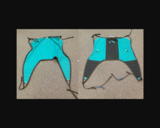
Photo of a split-leg (butterfly) sling.
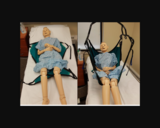
Photo of transferring a mannequin with the sling wrapped around their legs (i.e., a “basket” approach).
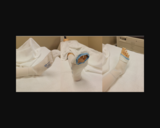
Photo showing both types of applications of the toe opening of the TED Hose covering.

A simple quiz to test students knowledge of a variety of ab workouts.
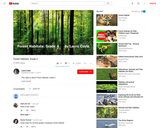
This video is slow-paced for all students to comprehend. The color is very vibrant and the content keeos students engaged. It is narrated from the perspective of the animal and gives information describing the animal allowing students to use higher order level thinking skills. Students will learn about a variety of animals and where they live.

The Norwegian art of rosemaling. Rosemaling is an art style preserved thanks in part to 19th century immigration from Norway’s farming communities to those of Wisconsin. Since that journey, rosemaling has worked its way into the identity of the state.

As the students watch this video they will gain an understanding of the process of how baby chicks hatch. This video is age appropriate, therefore it captures the students' attention which allows for retention.
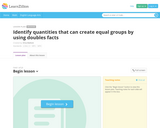
Big Ideas: Doubles facts can help determine numbers that can be divided equally. Even numbers create equal shares. This task builds on students' work with addition 'doubles' facts. In this lesson students will hear a story about how Ajani and Ian share everything equally. Students will determine whether they can share a given number of tokens to play arcade games. Students will group using manipulatives and learn what makes a number even or odd by splitting a number into two equal groups. Students will conceptually understand the patterns that even and odd numbers make. The mathematical concepts in this lesson build towards students' future work with building arrays, repeated addition, and multiplication.

ISBARR reference card created for Safety Strategies section of Nursing Fundamentals textbook.

This video gives students an animated view of the solar system, which keeps them actively engaged and focused. The students will learn the names of the planets and will be able to identify certain characteristics including size and spatial relation.

This is a good tool to reinforce knowledge and identification of key signatures. It can be customized to treble, bass, grand, alto, and tenor clefs.
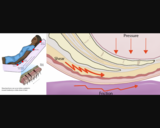
Images showing Development of Pressure Injuries

Students investigate one trait in heredity, using models and quick results with a computer-generated game. Students have practice in predicting and creating solutions to specific heredity questions. The game becomes increasingly more challenging as it progresses.
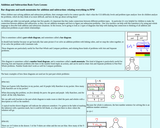
This lesson builds on student understanding of how to perform addition and subtraction equatiions by using the concept of math mountains. Students will be able to find the unknown number by using the part, part, whole strategy. This concept is foundational for second grade students to experience the connection between subtraction and addtion problems. Students will explain their understanding by the using diagrams of math mountains. They will explain how they deternimined the unknown by the part, part, whole system.
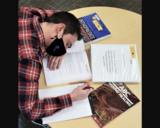
Image showing a student sleeping, with head resting on their open textbooks

This video will help the students understand how the mother whale takes care of her baby. The students will be able to compare and contrast how mother whales care for their babies verses humans.